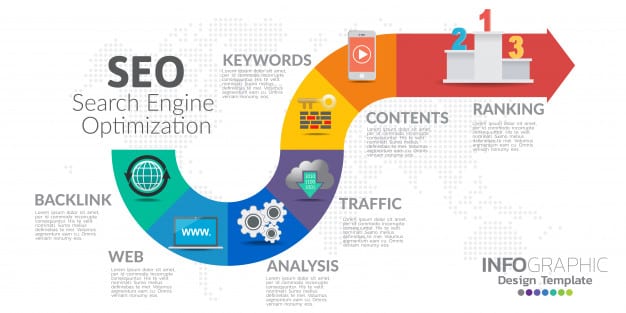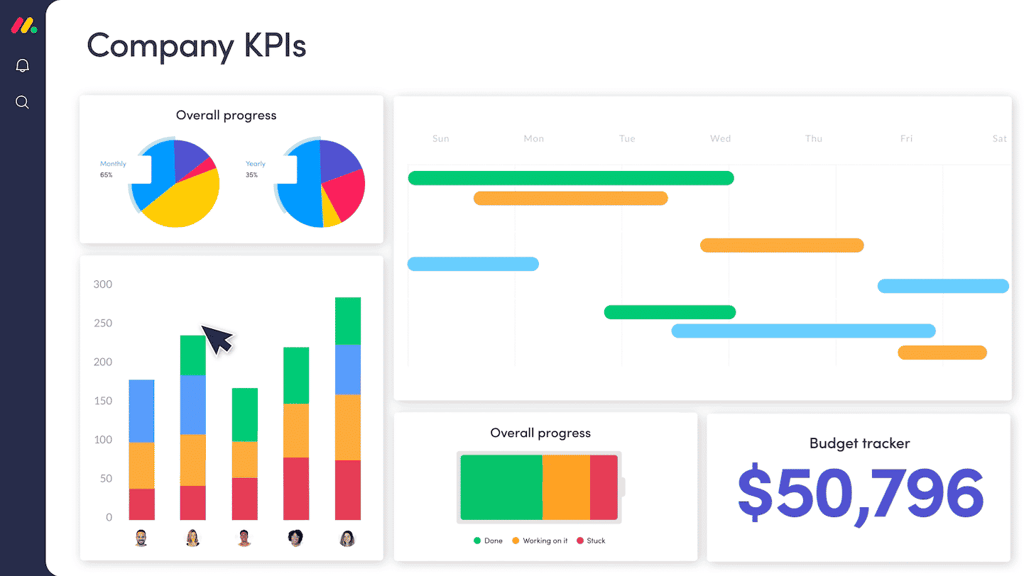100-199
|
SRCs provide confirmation that a request was received and is being processed. (silent) |
| 100 |
This is good. The request was completed and the process can move along. |
| 101 |
Request to switch protocols (like from HTTP to FTP) was accepted. |
200-299
|
SRCs report that requests were performed successfully. (silent) |
| 200 |
It simply means all is OK. What the client requested is available |
| 201 |
This means a new address was successfully created through a CGI or posting form data. |
| 202 |
The client’s request was accepted, although not yet acted upon. |
| 203 |
The accepted information in the entity header is not from the original server, but from a third party. |
| 204 |
There is no content in the requested click. Let’s say you click on an image map section not attached to a page. This allows the server to just sit there waiting for another click rather than throwing an error. |
| 205 |
This allows the server to reset the content returned by a CGI. |
| 206 |
Only partial content is being returned for some reason. |
| 300-399 |
Request was not performed, a redirection is occurring.(usually silent) |
| 300 |
The requested address refers to more than one entity. Depending on how the server is configured, you get an error or a choice of which page you want. |
| 301 |
Page has been moved permanently, and the new URL is available. You should be sent there by the server. |
| 302 |
Page has been moved temporarily, and the new URL is available. You should be sent there by the server. |
| 303 |
This is a “see other” SRC. Data is somewhere else and the GET
method is used to retrieve it. |
| 304 |
This is a “Not Modified” SRC. If the header in the
request asks “If Modified Since”, this will return how long it’s been since the page
was updated. |
| 305 |
This tells the server the requested document must be accessed
by using the proxy in the Location header (i.e. ftp, http.) |
| 400-499 |
Request is incomplete for some reason. |
| 400 |
There is a syntax error in the request. It is denied. |
| 401 |
The header in your request did not contain the correct
authorization codes. You don’t get to see what you requested. |
| 402 |
Payment is required. Don’t worry about this one. It’s not in
use yet. |
| 403 |
You are forbidden to see the document you requested. It can
also mean that the server doesn’t have the ability to show you what you want to see. |
| 404 |
Document not found. The page you want is not on the server nor has it ever been on the server.
Most likely you have misspelled the title or used an incorrect capitalization pattern in the
URL. |
| 405 |
The method you are using to access the file is not allowed. |
| 406 |
The page you are requesting exists but you cannot see it because
your own system doesn’t understand the format the page is configured for. |
| 407 |
The request must be authorized before it can take place. |
| 408 |
The request timed out. For some reason the server took too much time
processing your request. Net congestion is the most likely reason. |
| 409 |
Conflict. Too many people wanted the same file at the same time. It glutted the server. Try again. |
| 410 |
The page use to be there, but now it’s gone. |
| 411 |
Your request is missing a Content-Length header. |
| 412 |
The page you requested has some sort of pre-condition set up.
That means that If something is a certain way, you can have the page. If you get a 412,
that condition was not met. Oops. |
| 413 |
Too big. What you requested is just too big to process. |
| 414 |
The URL you entered is too long. Really. Too long. |
| 415 |
The page is an unsupported media type, like a proprietary file made specifically for a certain program.. |
| 500-599 |
Errors have occurred in the server itself. |
| 501 |
What you requested of the server cannot be done by the server. Stop doing that you! |
| 502 |
Your server has received errors from the server you are trying to reach.
This is better known as the “Bad Gateway” error. |
| 503 |
The format or service you are requesting is temporarily unavailable. |
| 504 |
The gateway as timed out. This is a lot like the 408 error except the
time-out occurred specifically at the gateway of the server. |
| 505 |
The HTTP protocol you are asking for is not supported. |









